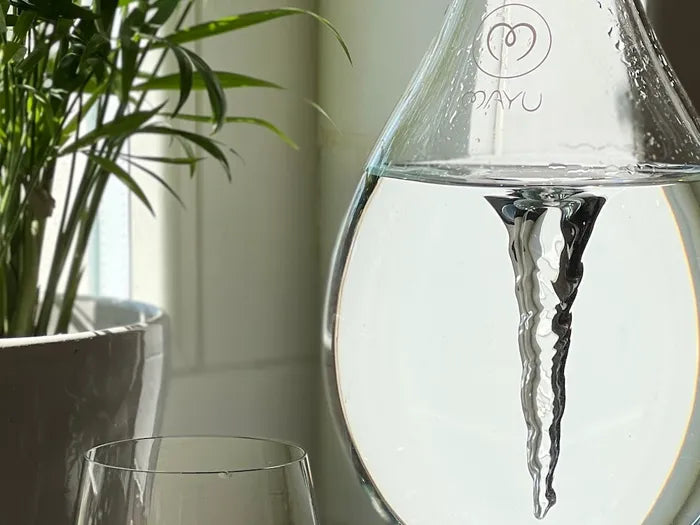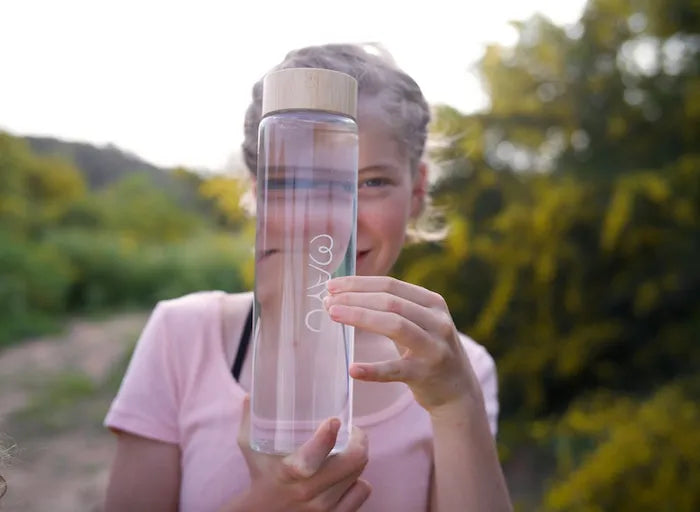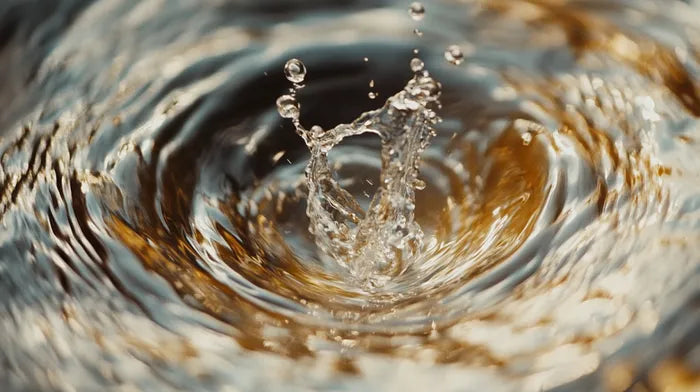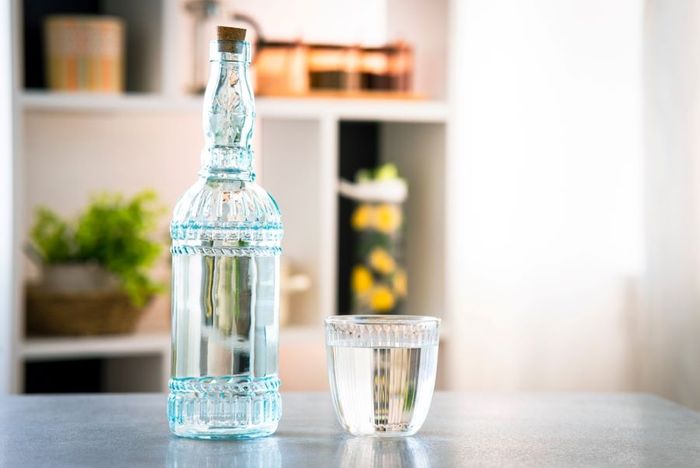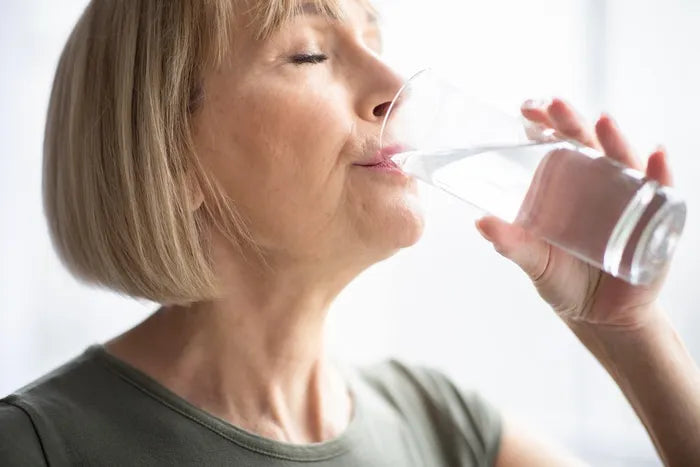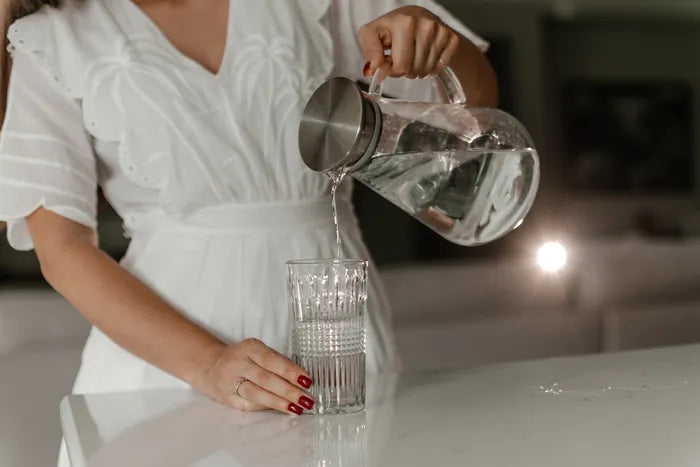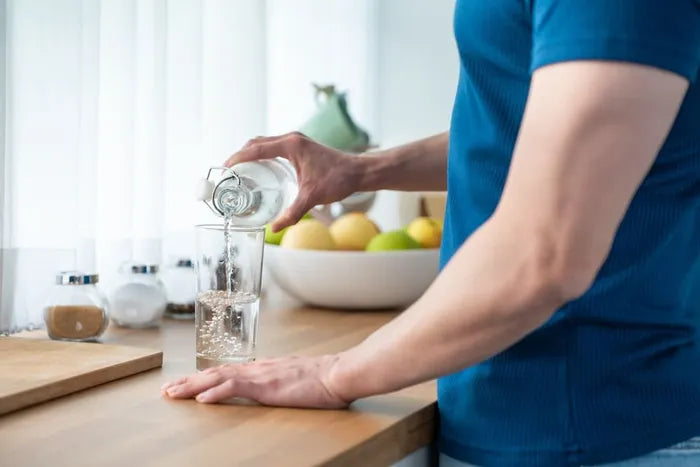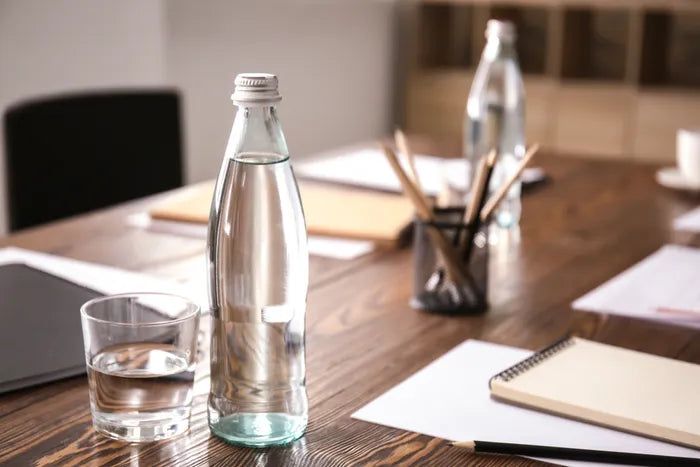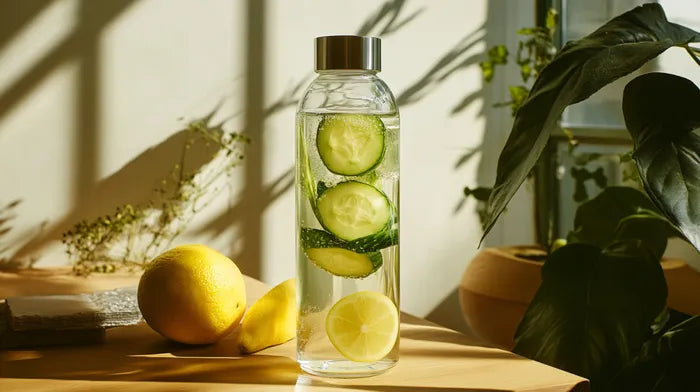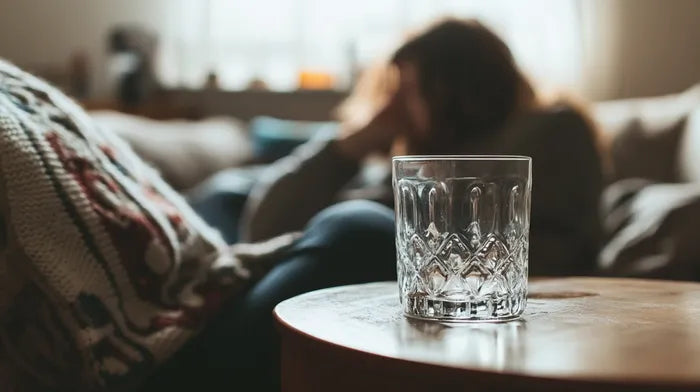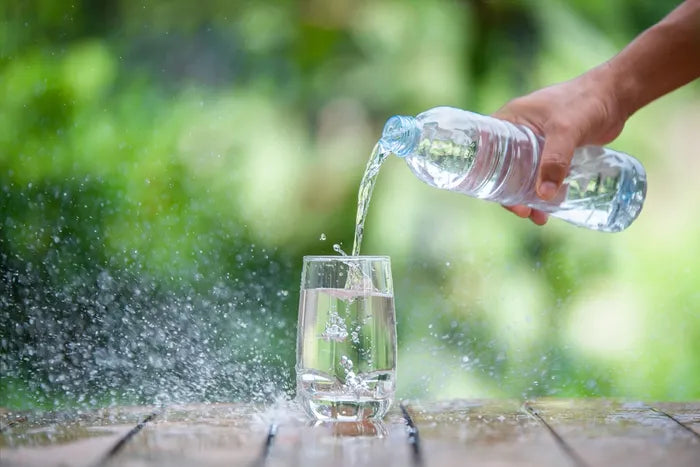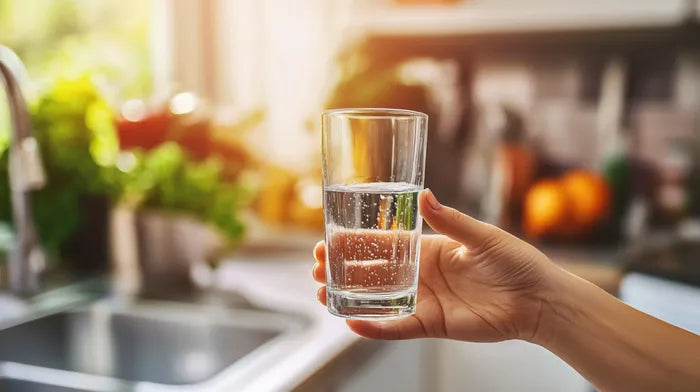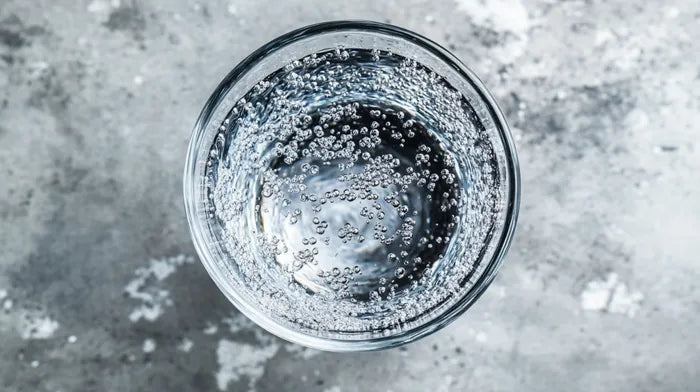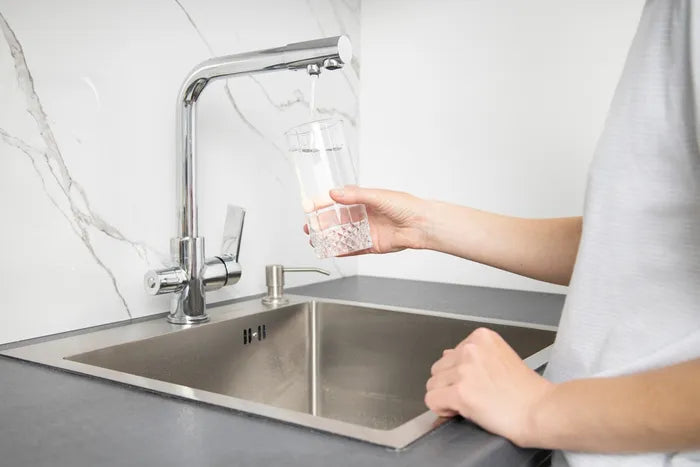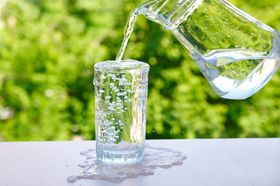Does Direct Sunlight Remove Chlorine from Tap Water?
Updated February 5, 2025

Chlorine is added to water systems to disinfect drinking water. While the level of chlorine is monitored in most countries and is safe for consumption, there are some negative health implications if chlorine levels are too high. This includes asthma, food allergies, congenital abnormalities, and bladder and rectal cancer. Additionally, even if the chlorine in tap water is safe, there can often be an unpleasant smell and taste. Fortunately, there are some very easy ways to remove chlorine from water, like leaving the water in the sun.
How Does Direct Sunlight Remove Chlorine from Water?
Your drinking water has free-flowing hypochlorite ions (free chlorine). Once these ions interact with UV rays from the sun, the ions break up on a molecular level. They transform into a gas which is then freed into the atmosphere. Chlorine is a volatile chemical, so it evaporates readily at normal temperatures. It's recommended to leave your water out for at least 24 hours. Remember that when you place your water out, it's subject to other possible contaminants, so be aware of where and how you leave it.
Other Natural Ways to Remove Chlorine from Tap Water
- Water filters: Carbon or activated charcoal filters effectively remove chlorine from drinking water.
- Aerating: You can aerate tap water by creating a swirling motion in the water. This encourages any gasses to evaporate faster and allows fresh oxygen to enter the water.
- Boiling:
Boiling water for 20 minutes helps to remove the chlorine as it significantly speeds up the evaporation process of chlorine. - Vitamin C: Small amounts of vitamin C powder can be used in drinking water to remove chlorine.
Conclusion
Chlorine is very effective for disinfecting water, but that doesn't mean you need to ingest it. If you're worried about chlorine levels in your water, you can test it. If you want to remove the chlorine, use any of these simple methods above.












